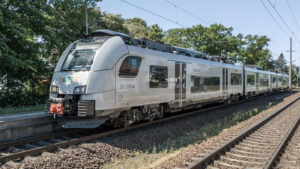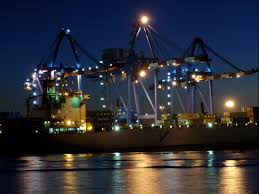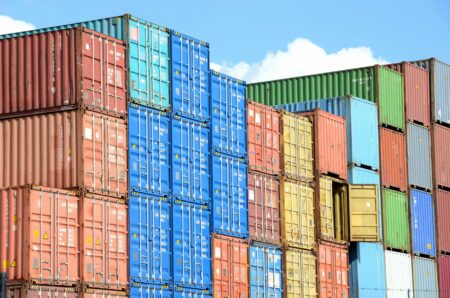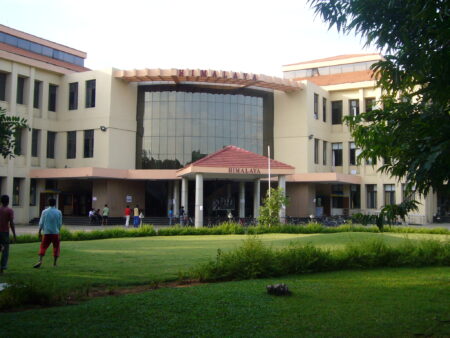A new finance ministry report calls for urgent port infrastructure and IT upgrades to drastically cut export cargo release times nationwide.
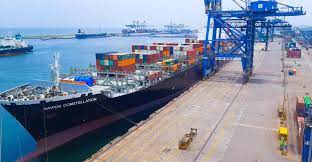
India’s Finance Ministry today underscored the urgent need for comprehensive improvements in export cargo facilities across the nation’s ports. A new report released by the ministry advocates for enhanced gate infrastructure, advanced IT systems, improved scanning capabilities, and specialized temperature-controlled facilities for perishable goods to expedite cargo movement.
Finance and Corporate Affairs Minister Nirmala Sitharaman unveiled the fifth edition of the National Time Release Study (NTRS). This annual performance measurement tool quantitatively assesses the time taken for cargo release. The NTRS 2025 meticulously analysed 62,981 Bills of Entry (BoEs) for imports and 69,533 Shipping Bills (SBs) for exports filed during the first week of January 2025.
The study encompassed 15 major customs formations, categorised into Seaports, Inland Container Depots (ICDs), Integrated Check Posts (ICPs), and Air Cargo Complexes (ACCs), collectively representing a substantial portion of India’s total cargo filings.
While the study revealed a decline in Average Release Time (ART) for imports between 2023 and 2025 across seaports (approx. 6 hours), ACCs (approx. 5 hours), and ICPs (approx. 18 hours), ICDs notably experienced an increase of around 12 hours. Performance against NTFAP 3 targets showed varied achievement, with 93.33% of import cargo at ICPs meeting the 48-hour target, followed by ACCs (55.03% within 24 hours), seaports (51.76%), and ICDs (43.7%).
However, the analysis of export cargo, from arrival to final departure, highlighted critical bottlenecks. Regulatory clearance was fastest at air cargo complexes (under 4 hours) and ICPs (6 hours 10 minutes). In stark contrast, seaports averaged a lengthy 29 hours 36 minutes for regulatory clearance, with post-Let Export Order (LEO) logistics extending to an alarming 157 hours 50 minutes. At ICDs, export regulatory clearance took 30 hours, though post-LEO logistics improved to 99 hours 51 minutes.
To address these inefficiencies, the NTRS recommends several key actions for facilitating export cargo, including reducing manual documentation at port gates and minimising duty payment delays. Critically, it calls for enhanced gate infrastructure, including IT systems, scanning facilities, and temperature-controlled facilities for perishable cargo across all ports. It also strongly suggests improving post-clearance logistics processes to ensure faster cargo release and streamlined movement.
Regarding imports, the study pointed out that post-clearance delays, particularly at ICDs, continue to hamper overall efficiency, underscoring the need for targeted procedural and operational improvements.
The ministry highlighted that a core strength of India’s TRS is its reliance on accurate, reliable data directly from the Customs Automated System, managed by the Directorate General of Systems and Data Management, CBIC. Over the years, the NTRS’s scope has significantly expanded, moving beyond selected gateway ports to include transit cargo, courier shipments, and commodity-specific assessments, reflecting India’s commitment to continuous trade facilitation.
Source: PTI

